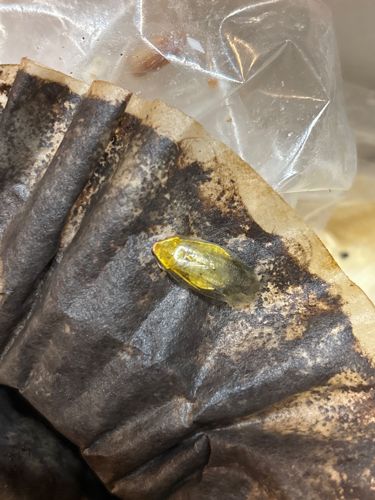German Cockroach (Nymph)
Scientific Name: Blattella germanica
Order & Family: Blattodea, Ectobiidae (formerly Blattellidae)
Size: Nymphs vary in size depending on their developmental stage, but full-grown German cockroach adults are typically 1.1 to 1.6 cm (0.43 to 0.63 inches) long.

Natural Habitat
German cockroaches are typically found indoors, especially in warm, humid environments close to food and water sources. Common habitats include kitchens, bathrooms, basements, and behind appliances in residential and commercial buildings.
Diet & Feeding
German cockroaches are omnivores and opportunistic scavengers. They will eat almost any organic matter, including crumbs, spills, grease, pet food, glue, soap, and even other cockroaches. They prefer starches, sugars, and fatty foods.
Behavior Patterns
Cockroaches are primarily nocturnal, meaning they are active at night. They are known for their ability to hide in cracks and crevices during the day. They are social insects and live in groups. Females lay egg cases (oothecae) which they may carry or deposit in hidden locations. They are fast runners and can adapt to various environments.
Risks & Benefits
Risks: German cockroaches are significant pests. They can spread bacteria (like Salmonella and E. coli), viruses, and parasites through their bodies and feces, contaminating food preparation surfaces and food. Their presence can trigger allergies and asthma attacks, especially in sensitive individuals. They reproduce rapidly, leading to quick infestations. Benefits: While generally considered pests, in a broader ecological context, cockroaches can act as decomposers, helping to break down decaying organic matter, though this benefit is negligible in human-dominated environments where they are pests.
Identified on: 8/27/2025